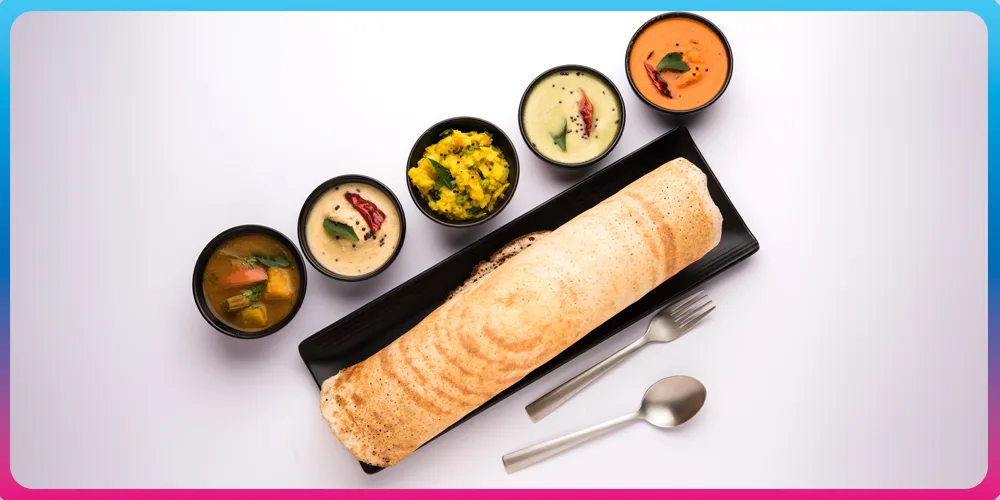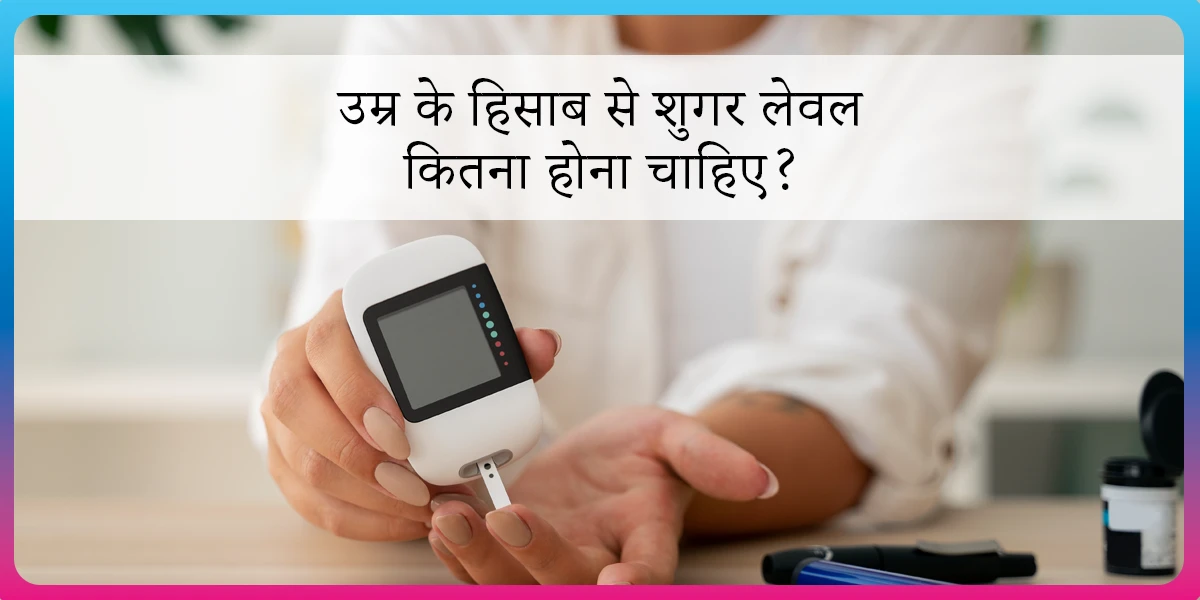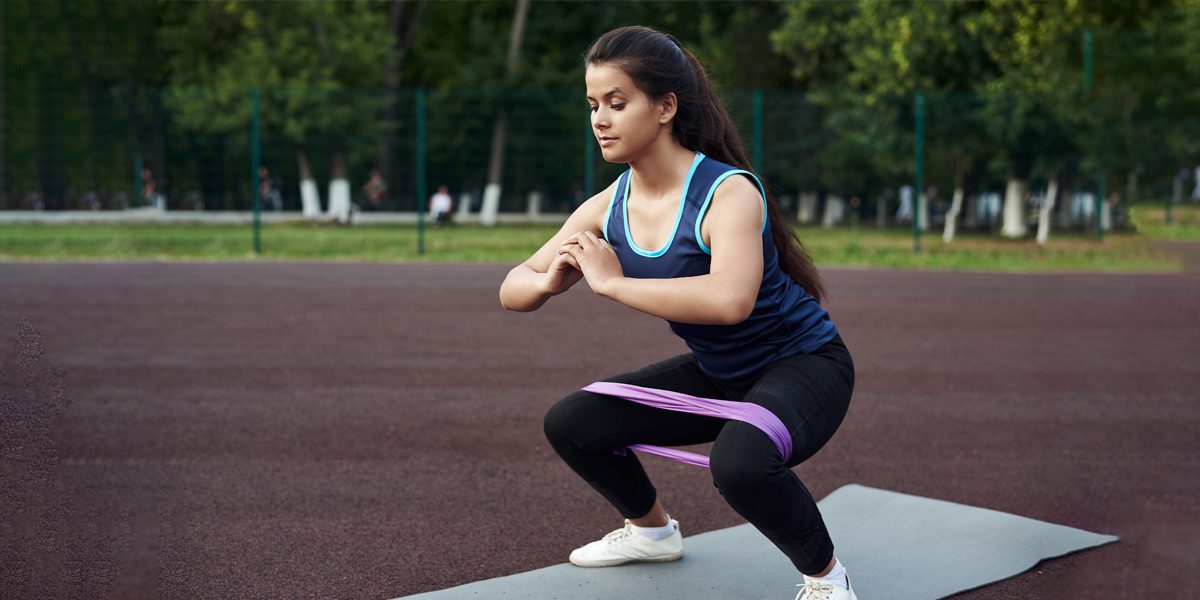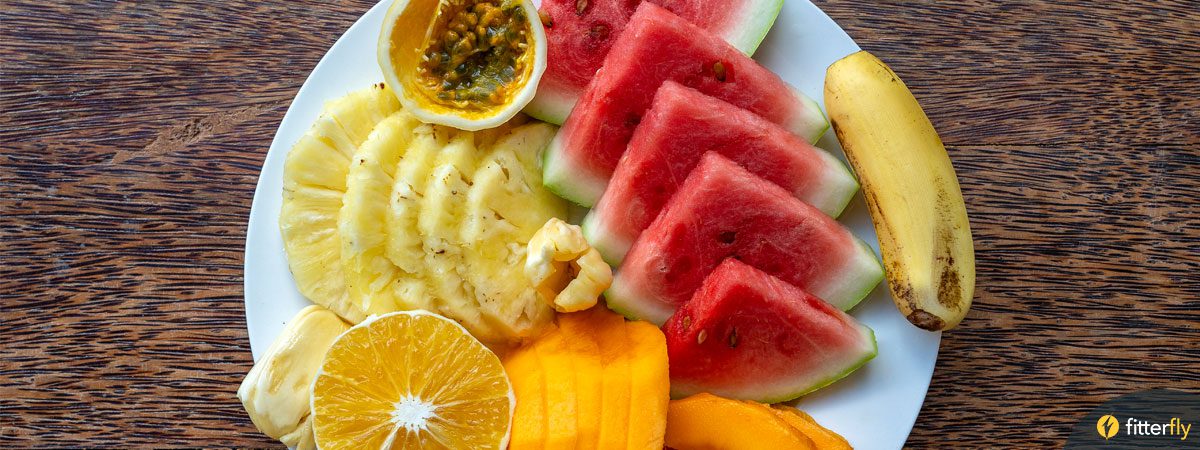Is Dosa Good for Weight Loss? Benefits & Tips.

Dosa… that crisp, warm and comforting food. One piece of dosa, dipped in sambar, or tomato chutney or coconut chutney or molagapodi or with yummy aloo masala and more; the list goes on. So many combos. So many moods. Dosa is seriously an emotion, not just in South India but across the whole of India:-)
And its list of variations doesn’t end; you have ragi dosa, moong dosa, oats dosa, daliya dosa, rice dosa, neer dosa, atta dosa, and so on. But the traditional dosa is made from fermented rice and urad dal. It is not just loved for its crispiness and taste, but also makes a smart breakfast swap to heavier options like parathas, store-bought corn flakes, or sugary cereals.
But here is the question: Is dosa good for weight loss?
To understand whether dosa is good for weight loss or not. One needs to know its nutritional value.
What is the Nutritional Value of Plain Dosa?
The nutritional value of one plain dosa(medium dosa) is approximately:
The values are taken from the ntuitive app.
| Nutrient | Amount(100g) |
| Energy | 209kcal |
| Carbohydrates | 37.08g |
| Proteins | 5.7g |
| Calcium | 16mg |
| Fat | 3.96g |
However, the nutritional value of dosa changes based on various factors, such as the amount of oil or ghee used and also the size of the dosa( the amount of batter used to make a dosa)
Is Dosa Good for Weight Loss?
It’s a very common question for those trying to stay fit without giving up their favourite foods, like dosa.
However, the answer to the above question lies in understanding the nutritional value of dosa. The classic dosa is rich in carbohydrates, which can lead to a rise in blood sugar levels, leading to weight gain, especially when eaten along with heavy potato fillings or cooked in a larger amount of oil or ghee.
But still, can you make dosa weight-loss friendly? Besides the carbohydrate content, the potatoes in the stuffing, combined with a high amount of ghee or oil, can make your dosa an unfavourable food choice for weight loss.
Dosa can fit into a weight loss plan, but it’s not a one-size-fits-all solution. What works for someone else may not suit your taste, routine or family meals. That’s where our expert in-house nutritionists come in. With a quick one-on-one consultation, we will help you find the right type of dosa (and the proper portions) or any other food for that matter that matches your body’s needs. So you can eat smart without giving up the foods you love.
Is Dosa Good for Weight Loss? What to Avoid and What to Add.
| Our Senior Nutritionist, Dr. Shilpa Joshi, states that no single food, by itself, supports weight loss. Every food we eat provides us with energy (in the form of calories). Even healthy foods have calories! When trying to lose weight, the mantra is to eat foods that are low in calories yet still keep you full and satisfied. This helps you stay within your daily calorie needs without feeling hungry. |
What are the ways to make dosa low in calories and suitable for weight loss?
- Reduce the size: Instead of using two scoops of batter to make a large dosa, use just one scoop to make a smaller, lighter dosa, which is lower in calories.
- Choose lentil-based batters: Instead of dosa prepared with rice and urad dal, try pesarattu (made with moong dal) or Adai dosa (a mixed-dal dish). These are naturally higher in protein and fibre.
- Go easy on oil: Cook with minimal oil and avoid using ghee whenever possible.
- Pair smartly: Instead of pairing with coconut chutney or potato curry. Eat protein-rich sides, such as lentil sambar with a variety of vegetables, and mint chutney or tomato chutney.
What are the high-protein dosas for weight loss?
High-protein dosas are made using lentils, which naturally contain more protein than the regular rice batter. They help keep you full for longer hours and are low in calories.
- Pesarattu: Pesarattu is made of moong dal, which is a protein-rich dosa. It doesn’t need to be fermented. So, it’s easy to make and a nutritious option. Moong dal is low in fat and high in fibre, making it a perfect choice for those managing weight loss. You can also add grated ginger, small pieces of green chilli and coriander for flavour.
- Adai Dosa: Adai is a traditional South Indian dosa made from a mixture of lentils, including chana, toor, and urad dal, making it denser and more filling than a regular dosa. This combination is rich in protein and fibre, keeping you full for longer. You can pair it with a light vegetable saagu for a balanced meal. It will be suitable for managing weight loss.
What are the alternative grain dosas?
- Ragi dosa: It is made from ragi (finger millet) flour, an alternative to the rice-based regular dosa. It has a low glycemic index and is also rich in dietary fibre, which keeps you fuller for longer hours, making it a good option for weight loss. It also has calcium and iron, which are good for bone health.
- Oats dosa: Use steel-cut or rolled oats, which are a nutritious alternative to the regular rice-based dosa, making it a great option for weight loss. Rich in fiber and oats, it helps you to stay fuller for longer. Since oats dosa doesnt require fermentation, it’s quicker to prepare and easier to digest.
- Jowar dosa: It is a fibre-rich alternative to the traditional dosa, which is an excellent option for weight loss. It is made of jowar(sorghum)flour; it has dietary fibre, which keeps you full for longer hours. It is also low in calories.
- Besan chilla: To say that besan chilla is not a traditional South Indian dosa alternative or preparation. It is made from gram flour(besan), but not rice or lentil batter, which is generally used in traditional dosas. When it comes to weight loss, besan chilla can work as a smart alternative. It is high in protein, low in carbs and has a low glycemic index.
What are the colourful dosas?
- Spinach Dosa: Spinach (palak) puree is added to the batter, which gives it a beautiful green colour. It’s packed with iron and supports weight loss by keeping you full for longer.
- Beetroot Dosa: It is made by blending beetroot into the batter for dosas. The bright pink dosa is rich in fibre.
- Carrot Dosa: Grate or puree carrots into the batter, which brings a natural sweetness and a lovely orange colour to your dosa. Carrots are rich in bioactive compounds, including carotenoids and dietary fibre.
- Tomato Dosa: Add tomato puree to the dosa batter for a tangy taste and a reddish-orange colour. It is a good source of vitamin C.
- Pumpkin Dosa: Add the boiled or grated pumpkin to the batter, which turns golden yellow. It’s light on the stomach and has a mild and comforting taste.
- Mixed Vegetable Dosa: A mixed vegetable dosa, also known as uttapam, is more nutritious than the regular dosa. You can add chopped vegetables, such as carrots, onions, tomatoes, capsicum, and cabbage, on top of the batter, which boosts the fiber, vitamins and antioxidants in your meal.
Colourful dosas not only add nutrients but also bring fun to the plate, especially since they are attractive to the kids.
What are the Traditional Dosas? Do they help in weight loss?
- Plain Dosa: This is the classic dosa, made from a fermented rice batter and urad dal, and is crispy and golden brown.
- Set Dosa: This sofa is soft, fluffy and usually smaller in size. Made of rice, urad dal, and for softness, flattened or fenugreek seeds are added.
- Masala Dosa: A plain dosa filled with a mildly spiced potato-onion filling.
- Neer Dosa: A thin, lacy dosa made of rice batter and fermentation is not required; it is soft and light.
- Rava Dosa: This dosa is made with semolina, rice flour, and spices such as cumin. It is thin, crispy, and cooked instantly without fermentation.
- Benne Dosa: This Dosa is popular in Karnataka, known for its rich taste and crispy edges.
- Onion Dosa: This dosa is topped with chopped onions, chillies and coriander. Crunchy and mildly sweet taste due to a larger amount of onions.
All these dosas are traditional and popular, but they are not necessarily good for weight loss.
What are some low-calorie side dishes to pair with dosa?
| Side Dish | Why is it Good for Weight loss?. |
| Sambar ( with minimal oil) | Rich in protein and fibre, it also keeps you full for longer. |
| Green chutney( mint and coriander) | Low in calories and adds flavour without heaviness. |
| Tomato chutney(without oil) | Tangy and full of antioxidants. |
| Gunpowderpodi (do not mix with oil or ghee; instead, use curd) | Spicy, and both flavour and some protein. |
| Curry leaf podi( Do not mix with oil or ghee; instead, use curd) | Healthy, flavourful. |
| Sesame podi. (Do not mix with oil or ghee; instead, use curd.) | Nutty and nutritional. |
| Plain curd | Gives protein and keeps meals light and filling. |
How can we at Fitterfly help?
Honestly, counting calories every time you eat isn’t as easy as counting cashews. But that’s where Fitterfly can help!
The Fitterfly App is developed for Indian eating habits, featuring a comprehensive database of Indian foods that range from homemade curries and rotis to restaurant dishes, allowing you to log your meals easily without confusion.
But we don’t stop just at counting the calories. Fitterfly also provides you:
- Set personalised weight loss goals
- Track your progress with real-time feedback
- Get expert-led nutrition and fitness guidance.
- Stay accountable with reminders and habit tracking.
Want to lose weight, improve your sugar levels, or manage blood pressure? We have helped 30,000 + people across the country to do just that.
📞 Call 08068507599 to speak to our team
This blog provides general information for educational and informational purposes only and shouldn't be seen as professional advice.
Frequently Asked Questions
Is dosa good for weight loss?
Yes, dosa can be part of a weight loss diet if made with minimal oil, small size and paired with protein-rich side dishes. Alternatively, you can enjoy protein-rich dosas, such as pesarattu or adai dosa.
How many dosas can I take while trying to lose weight?
Depending on the size and method of preparation, 1 or 2 medium-sized dosas with healthy sides (such as vegetable sambar or mint chutney) is a reasonable portion, considering your daily calorie needs.
Which type of dosa is best for weight loss?
Dosas made from moong dal (green gram), or oats (steel-cut or rolled) are smart options for weight loss due to their high fibre and protein content.
Is masala dosa okay for weight loss?
Masala dosa is high in calories due to the usage of oil or ghee and the potato filling. For weight loss, it's best to choose protein-rich dosas, such as moong dosa and adai dosa.




















